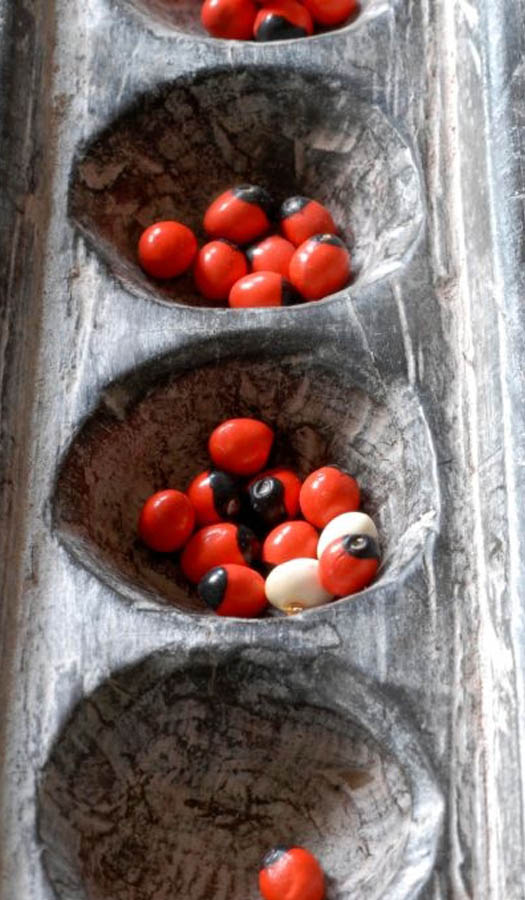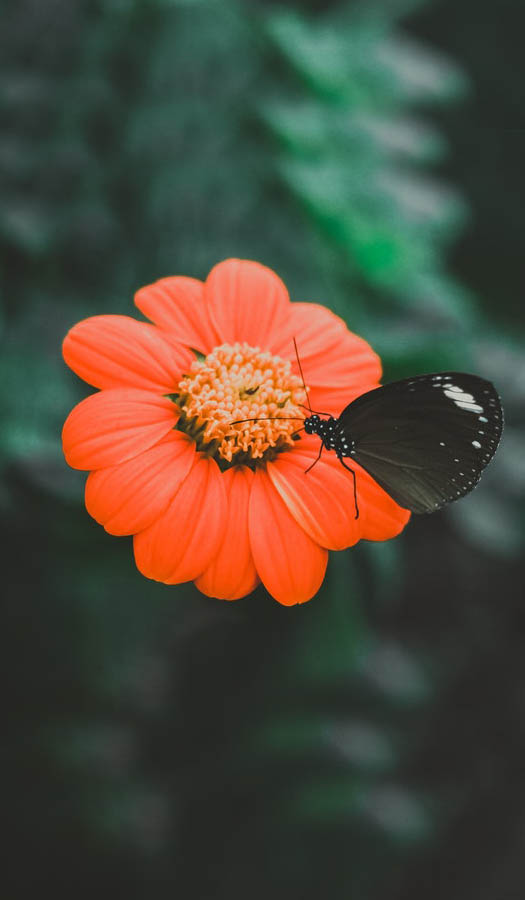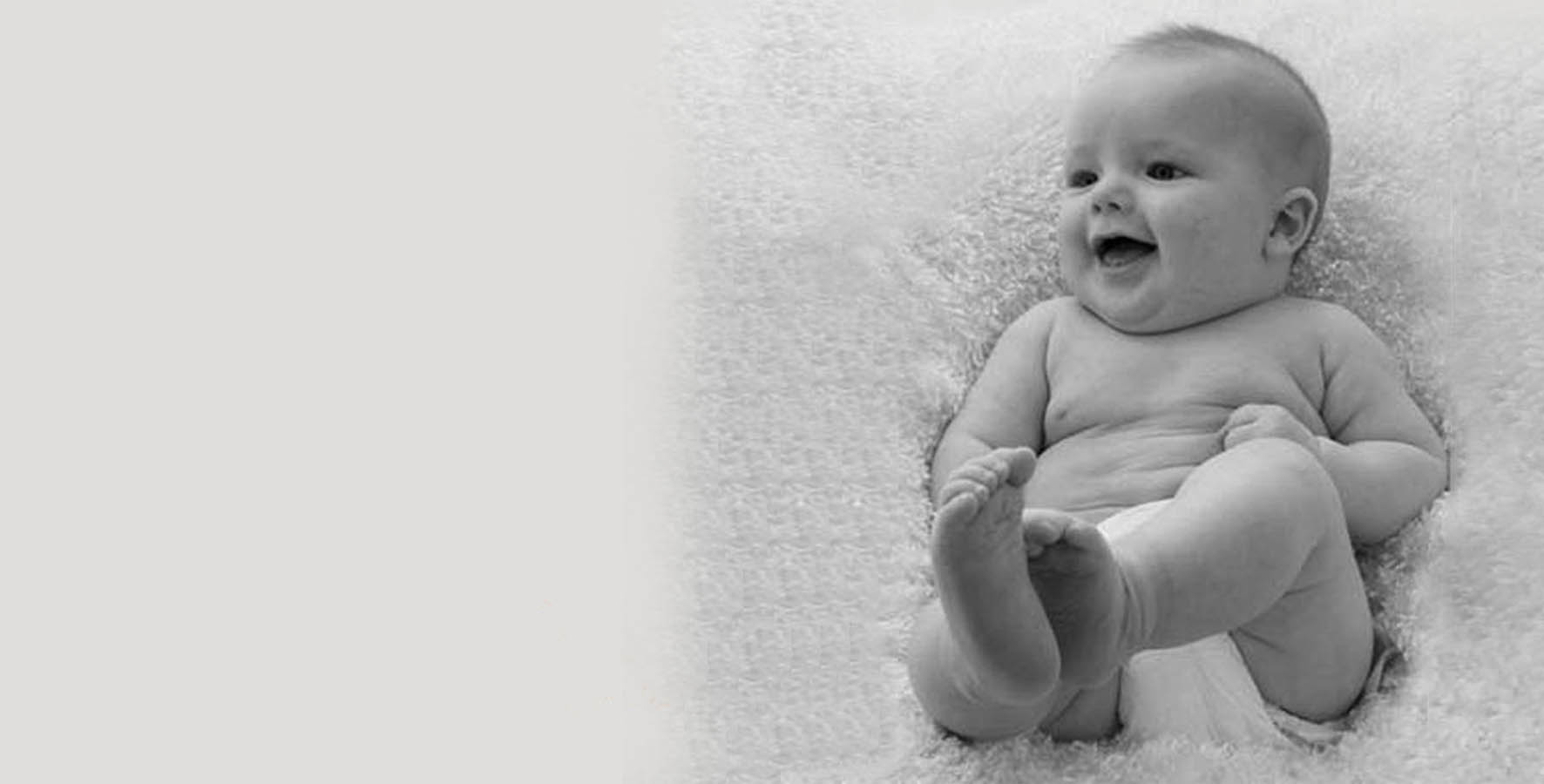
Healthy A geing-Geriatric Care
In Ayurvedha, Strong “cleansing” treatments are not indicated for the aged especially after 70 years. The Problems, faced by aging people ranges from Memory issues, Arthritis, Weakness, Digestion problems, neurological conditions, depression in some.
Depending on that patient’s age and problems, we make treatments to improve the quality of life. This includes internal medicines, external treatments, diet and therapeutic yoga. For patients who have more than one issue to address, the Vaidyas will decide the appropriate treatment protocol.
Allergic Disorders- Seethapitta, Udawartha & Koda
Some types of Hay fever can be correlated to kshavathu in Ayurvedha. It is caused due to disturbance of vata and Kapha, treatment includes improving the immunity, reducing vata and Kapha, avoidance of trigger factors. Dietary advises to be followed in general. Due to the changes in Dosha cycle with seasons, general care and preventive
measure to be taken in particular seasons like spring where natural flare up is expected.UrticariaThe disease is caused by Vata and pitta, there is deposition of Ama in blood and lymph elements, treatment consist of removing the Ama and Cleansing the body by Virechanam.

Cancer Care and Management - PALANA
1 .Post cancer rehabilitation care.
For issues post cancer treatment like Fatigue, Memory and concentration changes, Pain, Nervous system changes (neuropathy), Lymphedema, or swelling, Changes in weight and eating habits, Bladder or bowel control problems, Hormonal changes,
Low self-confidence, Depression etc. Ayurvedha can address these issues through Rasayana therapies. Rasayana therapy in simple words means something which enhances the quality of life. So if you are debilitated,The management lies in controlling the disturbed qualities of Pitta and Vata by employing medicines that help reduce Pitta and Vata and also by avoiding Pitta increasing dietary products. In some cases meditation and yoga techniques are helpful.
2. Preventive care.
The essence of Ayurvedha is the prevention of disease and enhancement of one’s health. The daily routine, seasonal routines, diet tailor made to individuals requirement and periodic “cleansing’ or ‘metabolism correcting” treatment regiments mentioned in the ancient texts as told by the sages with their lifetime experience, which also stood the test of time will definitely help.

Cardiovascular disorders - Hrudroga
1.Atherosclerosis
Atherosclerosis, arteriosclerosis, hyperlipidaemia though these problems are classified under vascular disorders, in Ayurvedha this attributed to medo dhathu (Fat tissues) problem and srothas (channels) blockage. Depending on the problem medicines will be given to correct the lipid metabolism and to ‘clear’ the vessels.
It should be noted that the disease is manifested in the heart or the blood vessels but the actual problem started with digesting and metabolism. In the managing cardiovascular diseases, diet and lifestyle definitely plays a major role apart from medications.
2. Post Cardio vascular disease care
In post cardiac disease patients, changes occur in many areas starting from heart, physical, mental and social. We try addressing issues which can be manged in a phased manner.
3. Atherosclerosis, Hypercholesterolemia
These conditions are similar medo dhathu – (fat tissue) increase in Ayurvedha. There are herbs which will help to reduce the adhesion to blood vessels and improves the cardiovascular conditions. The treatments you undergo here is the precursor for the lifestyle changes you need to maintain back home.
4. Hypertension
For hypertension, the treatment varies based on the possible cause. General line is to correct the vata flow and to remove ‘obstruction’. It also focus on three marmas (Vital parts) – Viz., The heart, Bladder, and head.
Diabetes Management Diabetes Mellitus - Prameha Chikitsa
For Diabetes, there is an entire chapter in Ayurveda for this called Prameha. In our view point, there are phases in DM initial Kapha phase where exercise and diet matters, second the middle pitta phase where there are inflammatory changes and later the Vata phase where neurological problems commonly manifest.
Depending on the type of Prameha, we do appropriate treatment. For patients who have more than one issue to address, the Vaidyas will decide the appropriate treatment protocol. For conditions which are not listed here, please contact our Vaidya to know the healing prospects
1. Abdominal Colic, bloated feeling and discomfort.
In Ayurveda, abdominal discomfort is caused due to factors like Agnimandyam (low digestive power), Udavartha (kind of blockage), Dysfunction of samana and f low of Apana Vayu, unregulated Dietary habit. This condition is also indicated in Gulma (bloated feeling) and Arsas (Haemorrhoid) disease.
In managing such conditions, first the cause has to be identified, pro per augmentation of Agni is done, followed by regularising the functions and flow of Apana Vata, and Dietary Modifications are brought about. Treatment also r equires follow-up medicines. In Ayurveda most of the diseases origin from improper digestion.
2. Gastritis and Gastro-oesophageal reflex diseases
Gastritis is mainly caused by disturbance in qualities of pitta which leads to distu rbances in its functions which then produces symptoms of gastritis. In Ayurveda it can be c o-related to conditions of Gulmam and Amlapitta due to involvement of Pitta and Vata.
The management lies in controlling the disturbed qualities of Pitta and Vata by employing medicines that help reduce Pitta and Vata and also by avoiding Pitta increasing di etary products. In some cases meditation and yoga techniques are helpful.
3. Dysentery and diarrhoeal diseases.
Dysentery and diarrhoea are commonly correlated to diseases like Atisara and Pravahika. In this condition, there is mainly vitiation of Agni (fire), Pitta and Raktha (blood) and Kapha. Treatment mainly lies in, clearing the ama (“toxins”) from the system, improving the agni, sthambanam (blockage) the flow of blood and mucous, Kapha. Treatment protocols mentioned in
Rakthaatisaram (haematochezia) and Pravahika are employed. Diet specific to the conditions are planned. In disorders related to alimentary canal, the line of approach is to improve the digestive and absorptive power of the body.
4. Dyspepsia
It is known as Ajeernam in Ayurveda and has various causes. Primarily being improper dietary habits which include inappropriate food at inappropriate time and frequency. These along with factors like stress, anxiety and these factors disturb the functioning of Agni (fire) the core entity responsible for digestion, metabolism, and assimilation of food. Along with agni the doshas also go out of balance.
In modern parlance it is divided in to Ulcer and non-Ulcer Dyspepsia, the former is treated on the lines on Vidagdha Ajeerna, amlapitta and Jwara. The latter one is treated on the lines of Gulmam, pacifying increased Vata and Kapha; in both the cases improving the Agni is the key.
5. Piles – Haemorrhoid.
Piles in Ayurveda is correlated to Arshas, which are caused to due intake of incompatible dietary foods, suppression of urges, injury to anal region, straining in the rectal region, defect by birth etc. these factors disrupt the Agni which vitiates Vata, Pitta and Kapha; which after localising in rectal region causes disturbance in properties of Raktha (blood), Mamsa (muscle) and Medas (Fat) elements which results in formation of growths in anal region.
They are of different types depending on predominance of Dosha and this is also classified into bleeding and non-bleeding piles. The management lies in removing the impurities (shodhanam –cleansing, only for those who are fit for “cleansing”) from the system, samananam and bringing about vatanulomana by using medicines and diet as per the condition.
6. Irritable Bowel syndrome.
IBS is mainly correlated to Grahani in Ayurveda mainly caused due to disturbance of a functional organ called Grahani which has many functions related to digestion. Along with disturbance in Agni (Fire), these affect the bowel movement in frequency and texture.
Mental stress or anxiety has a major role, which influences Vata and Pitta. Treatment mainly revolves around strengthening the functions of Agni and Grahani and Dostha using medicines which are Grahi (holding property) in nature. Addressing the mental causes with necessary interventions.

Gynec disordersMenopausal Syndrome -Sthreeroga
Menopausal disorders are treated according to the body type of the patient. In some with excessive Pitta may have Hot flashes, in those with Kapha may gain weight, In Vata dominant may have sleep issues constipation, etc. In some they have combinations of Dosha imbalances. So the treatments are tailored according to the patient’s condition.Amenorrhoea/Oligo menorrhea (Nashtarthavam)
is the absence of menstruation — (one or more missed menstrual periods) or scanty bleeding. Cause should be evaluated and treat accordingly. Rajonsasa (Loss of menstruation) or Arthava kshaya (Oligo menorrhoea) treatments are done accordingly. Treatment is needed for 21 days and after that the patient should continue taking some internal medicines.Dysmenorrhea (vathaki,) – Painful menstruation, typically involving abdominal cramps.Cause should be evaluated and treat accordingly.
Need vathika and raktha pushtikara (Blood purifying and nourishing) treatments. Endometriosis is the abnormal growth of cells (endometrial cells) similar to those that form the inside of the uterus, but in a location outside of the uterus. Endometriosis is most commonly found on other organs of the pelvis. Vatha predominant with pacification of Kapha treatments should be done. The treatments line may vary from patient to patient.Polycystic ovarian syndrome – is a problem which means a woman’s hormones are out of balance.
Kapha vata hara and srothosodhana (“channel cleaning”) – Lekhana (Literally means “scrapping”) medicine are given for this and have to continue medicines for three months or more. The Patient may need three weeks of inpatient treatments. Leucorrhoea (Slaishmiki, Swedha pradhara) – is a thick, whitish or yellowish vaginal discharge. Cause should be evaluated and treat accordingly. Treatments and duration varies from person to person. Diet correction is a key factor in managing leucorrhoea.
Hormonal and Metabolic disorders - Anthasrava granthi roga
Thyroid dysfunction
Thyroid dysfunction can be correlated to the Agni (metabolic fire) concept and of pitta imbalance and in some and three doshas imbalance in others.
Aim of the t reatment is to correct the metabolism to the dhathu (cellular) level with medications a nd corrective diet. For those stress induced ones, appropriate yoga and meditation technique s will help.
Infertility disorders
- Vandyata chikitsa
(Vandhyata) – cause should be evaluated and treat accordingly. Need treatment for 21 – 28 days and after that they should took some internal medicine. It is preferred both partner s should undergo treatment simultaneously. Oligospermia – (Ksheena sukla ) deficiency of sperm cells in the semen.Treatments aimed to improve potency and quality of sperm should be done. Need treatment for 21-28 days and after that they should took some internal medicine. In most of the inf ertility cases, the treatment works in the long run. In some cases follow up visits may be required.




